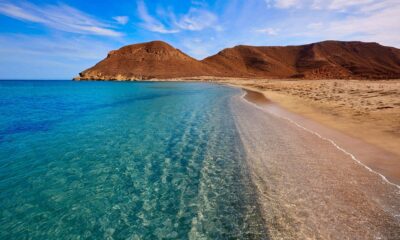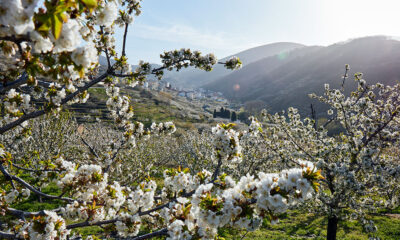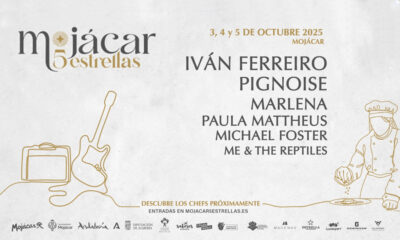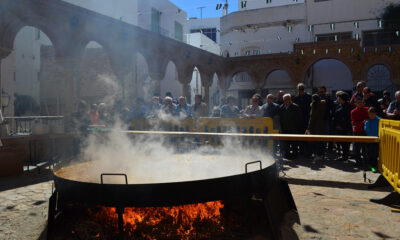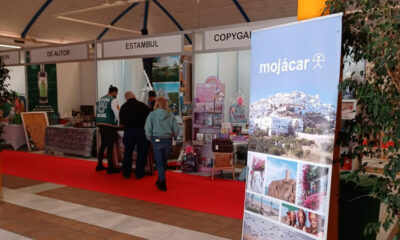Towns
Mojácar Shows Pupils at the Municipal Nursery School Their Mothers’ Professions to Mark International Women’s Day
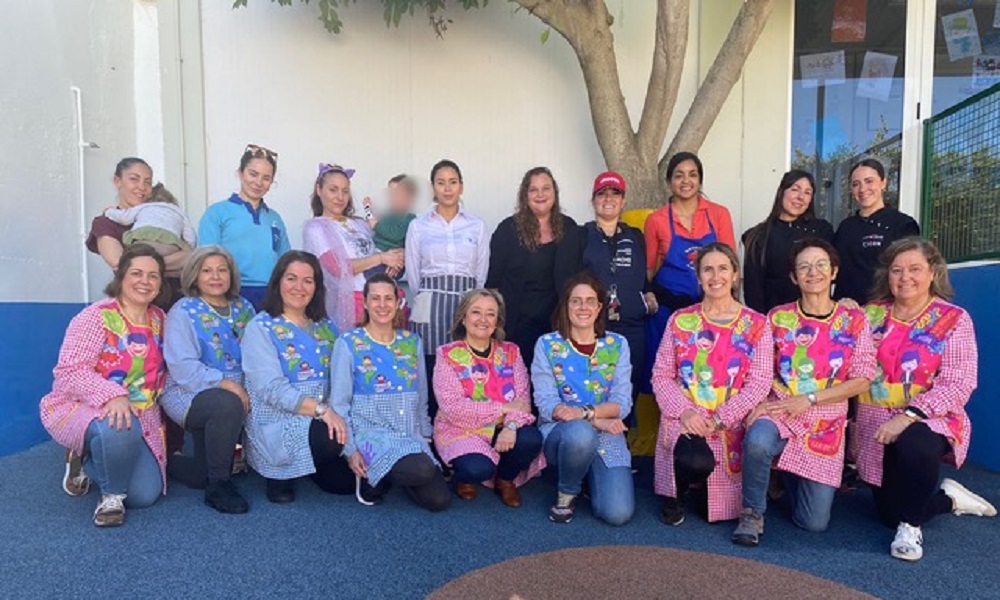
To mark International Women’s Day, the “Garabato” infants’ nursery school celebrated a day at its facilities to show the little ones the different professions followed in their family circle, and more specifically, by their mothers.
The idea was received with much excitement by the little ones and they had fun finding out, some of them for the first time, what their mothers do daily while they are at nursery school.
Every mother taking part prepared a table with the usual tools of their trade. In this way the very youngest could see what hairdressers, nurses, mechanics, cooks, pastry chefs, masseurs and piano teachers do, helping them with the necessary tasks for doing their job and learning how to do it.
A whole range of professions that the children have discovered through their mothers at the nursery school, and that gives them a different perspective of their mums and their social environment.
It so happens that some of the mothers who took part in the day were, in their day, pupils at the nursery school where their children are now taking their first steps in their academic and social life, returning to the classrooms, but now to show the new generations their working activity. It is also the case that some of the teachers were pupils at “Garabato”, where they are now educators and have their children at the centre, as were their parents also.
A long history of the Mojácar municipal nursery school, which now has several generations among its pupils, being a well-loved and respected institution in the municipality.
Raquel Belmonte, Mojácar Council’s Councillor for Children, described the experience as very positive, aiming to meet one of the centre’s most important objectives: “gaining knowledge of the environment at the stage of infant education means offering the children opportunities of experiencing affective situations and bringing them closer to their culture, interacting with their surroundings in an increasingly diverse way that will be of great use to them at the schooling stage and throughout their lives.”
The “Garabato” municipal nursery school has nine teachers who take care of the pupils. They have five classrooms at their disposal in which they divide the little ones according to age, from 16 months to three years old, at which time they enter the Bartolomé Flores Public School. Garabato is also one of the few nursery schools that has its own kitchen, guaranteeing the correct nutrition of all the little ones
City News
Mojácar Hosts the 2nd Outlet Fair with Activities, Children’s Workshops and Great Discounts
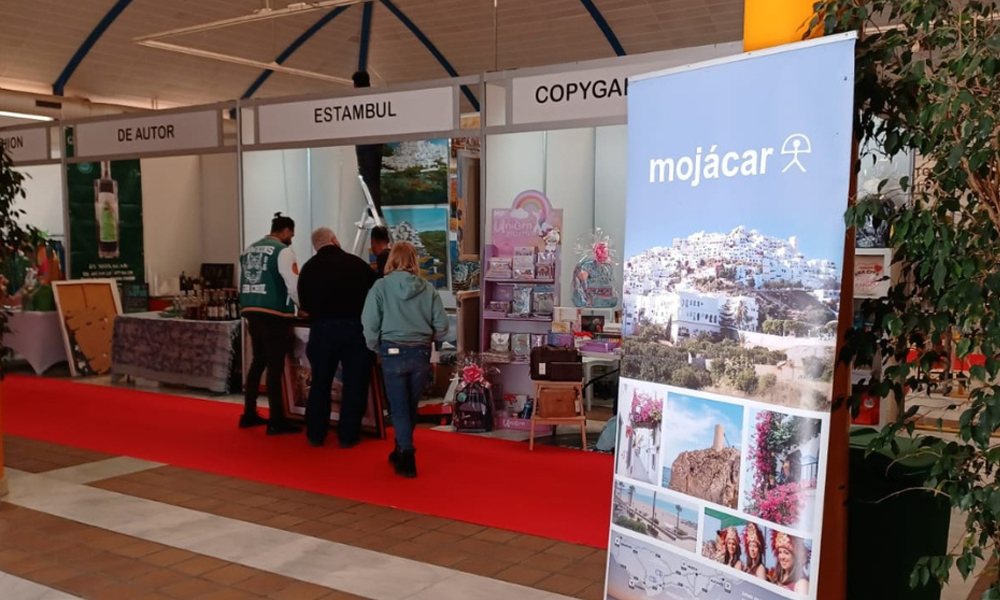
Following the resounding success of the first edition, the 2nd Mojácar Outlet Fair will be held from the 28th of February to the 2nd of March, at the Multi- Uses Centre, coinciding with the Andalucía Day long weekend, with a wide range of activities, children’s workshops and great discounts in a wide variety of shops.
Fifteen local businesses took part in the first edition of the fair, attracting a large number of local residents and tourists, consolidating itself as an important event in Mojácar’s commercial and cultural calendar.
In this second edition, the fair will bring together a wide variety of shops offering exclusive discounts and special offers. In addition, for every purchase over 10 euros in participating establishments, customers will receive a unique ticket that can be exchanged for gift vouchers in participating bars, hence promoting interaction between local businesses and the local hospitality industry.
The Mayor of Mojácar, Francisco García, emphasized the importance of the fair for the municipality: ‘The II Outlet Fair not only offers local residents and visitors the opportunity to access quality products at great discounts, but also boosts our local trade and enriches the leisure offer for the whole family over the Andalucía Day long weekend. Mojácar has become an ideal destination for enjoying some unique days, combining shopping, cuisine and entertainment for all ages.” The fair program is as follows:
• Friday 28th of February: opening of the fair from 5-8pm. The official opening ceremony will take place at 6.30pm.
• Saturday 1st of March: the fair will be open from 10am to 8pm. The children’s workshops will be held from 6-8pm.
• Sunday 2nd of March: the children’s workshops will continue from 11am to 1pm, and at 1pm there will be the big raffle, in which all those who have made purchases during the fair will participate.
As well as the attractive commercial offers, the fair will feature a programme of children’s workshops and fun activities designed for the enjoyment of the little ones, ensuring entertainment for the whole family during the long Andalucía Day weekend.
The 2nd Mojácar Outlet Fair is shaping up as a perfect plan for enjoying this holiday weekend, offering a unique combination of leisure, shopping, and cuisine in an unmatched setting.
City News
Mojácar Positions Itself as a Pet-Friendly Destination Opening the First Dog Beach
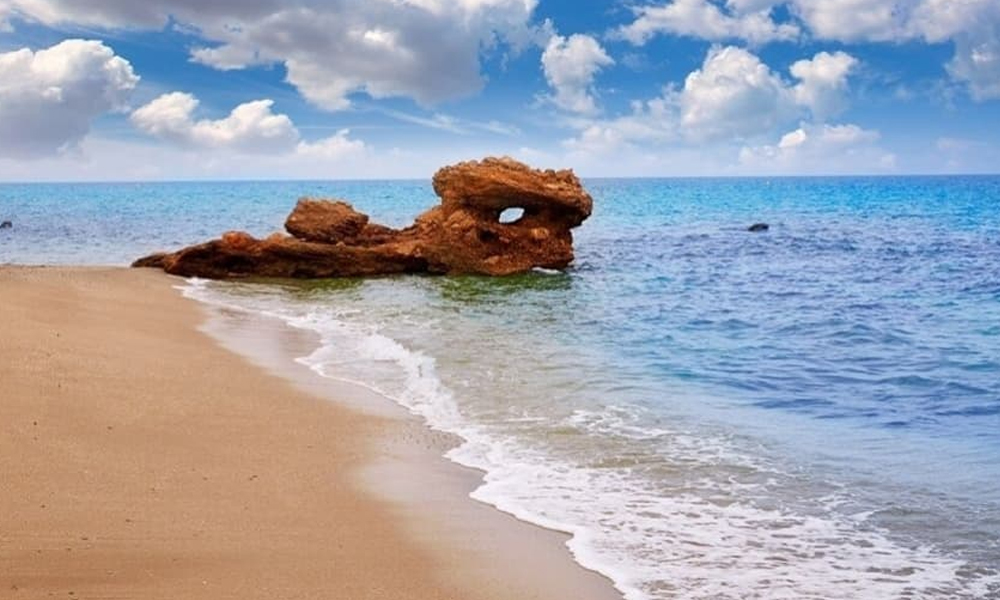
Mojácar Council has announced the imminent opening of the municipality’s first dog beach on Perulejo Beach, a project that will be completed in 2025 in response to the growing demand for public spaces adapted to pets. This initiative reinforces Mojácar’s commitment to family and sustainable tourism, consolidating its position as a pet-friendly destination in Almería province.
Mojácar, with its picturesque old town, its beaches with crystal clear waters and its privileged climate, has become one of the main tourist destinations in the Levante region of Almería. In 2024, the municipality received close to 800,000 visitors, with a notable increase in the arrival of national and international tourists.
British tourism in particular has shown a special interest in the locality, representing approximately 20% of the total number of visitors, according to data from the Andalucía Institute of Statistics and Cartography.
The designation of Perulejo Beach as a dog-friendly area makes Mojácar the second municipality in the Levante region of Mojácar to offer a beach specifically for dogs, following the example of Cuevas del Almanzora.
The Mayor of Mojácar, Francisco García Cerdá, expressed his enthusiasm for the project: “This dog beach not only responds to a need of our residents, but also broadens our tourist offer, attracting a growing segment of visitors who travel with their pets.”
The opening of the dog beach will not only benefit residents, but is expected to boost the local economy. Mojácar has a wide range of accommodation, from luxury hotels to holiday apartments, many of which are already pet-friendly. The inclusion of a dog beach could increase hotel occupancy in low seasons, attracting tourists looking for pet-friendly destinations.
The Costa de Almeria has stood out in recent years for its versatility and for offering tourist alternatives for all types of people. Mojácar, with its Mediterranean charm and its commitment to quality tourism, continues to add attractions to consolidate itself as a benchmark destination.
Perulejo Beach , with its new configuration, will not only become a gathering point for animal lovers, but also an example of how tourism development can go hand in hand with inclusion and sustainability.
City News
Mojácar 2025: Events to Experience Unforgettable Moments All Year Round
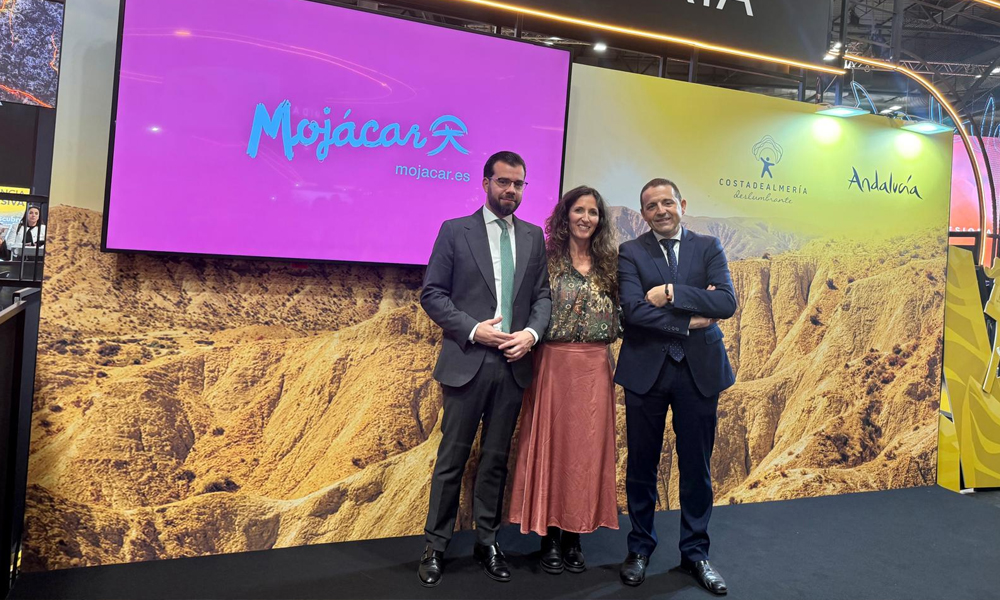
Mojácar, one of the most beautiful villages in Spain and an internationally recognised tourist benchmark, has presented today at FITUR its ambitious promotional campaign for 2025 under the slogan “Your Best Moment is to Live It” with its events.
At the event, the Councilor for Tourism, who assumed the representation of the municipality in the absence of the mayor Mr. Francisco García Cerdá, highlighted the richness and uniqueness of this destination, which is positioned as a privileged option for both tourism and daily life.
Mojácar is consolidated as a benchmark in family and sustainable tourism, with 17 kilometres of beaches awarded with distinctions such as the Blue Flag, SICTED and the Q for Quality, as well as an accommodation offer of more than 19,000 places between hotels, holiday homes and the prestigious Parador de Turismo. The town also has a wide variety of restaurants, bars and shops, which combine tradition with modernity, offering unique experiences.
“The professionalism and effort of the businessmen and merchants have made Mojácar the destination it is today. But Mojácar is much more than tourism, it is an exceptional place to live, with charm at any time of the year,” stressed the councillor.
During the presentation at FITUR, an emotional promotional video was screened that invites families, young people and seniors to put aside the screens and live unforgettable moments in Mojácar. From exploring its cultural and natural heritage, enjoying the beaches, to sharing culinary and sporting experiences, the message is clear: “Mojácar is for disconnecting and enjoying”.
In 2025, Mojácar will add an additional attraction to its tourist proposal with an agenda of unique events that are the perfect excuse to return to the municipality. Among the outstanding events are:
– Moors and Christians (since 1988)
– The Night of the Candles (since 2013)
– The Disney Party, The Romantic Night and The Most Beautiful Christmas
– Mojácar as the Ferrero Rocher Village
– Festival Mojácar 5 Estrellas, nominated for the Iberian Festival Awards
Mojácar Town Hall will continue to support visibility campaigns on social networks, print and digital media, mupis, and collaborations with influencers, among other actions. In addition, Mojácar is making progress in sustainability and culture projects, with the support of the Junta de Andalucía, the Provincial Council and the Destination Sustainability Plan.
“Mojácar closed 2024 with historical records in visitors and overnight stays, and in 2025 we will continue working to be a benchmark of quality and excellence in the province of Almeria,” concluded the councillor, underlining the municipality’s commitment to sustainable tourism and innovation.
-
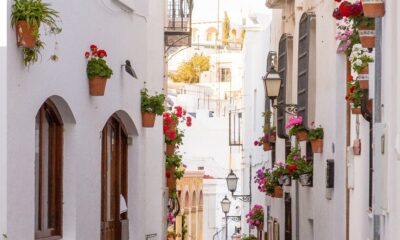
 City News12 months ago
City News12 months agoMojacar Council Will Invest Nearly One Million Euros in Infrastructure Improvements in the Municipality
-
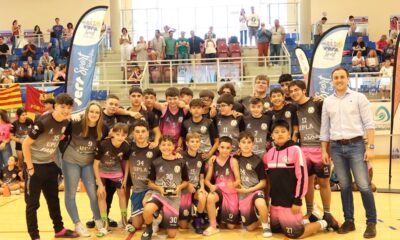
 City News12 months ago
City News12 months agoBarcelona Basket Wins Again, for the Second Consecutive Year, the National Basketball Tournament U13 “Ciudad De Vera”.
-
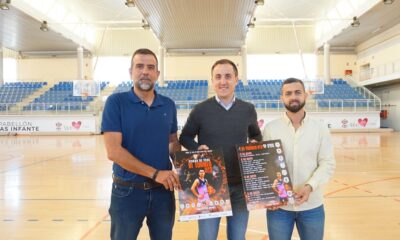
 City News12 months ago
City News12 months agoVera Will Once Again Be the Epicenter of National Grassroots Basketball, With the Vi U13 Tournament!
-
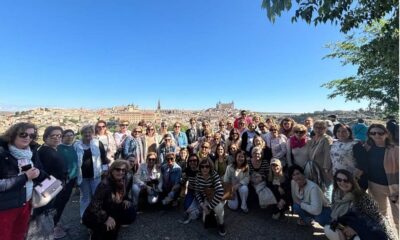
 City News12 months ago
City News12 months agoThe Trip to Puy De Fou and Toledo, Organized by the Women’s Center (Cmim), Closes the Commemorative Events for International Women’s Day.
-
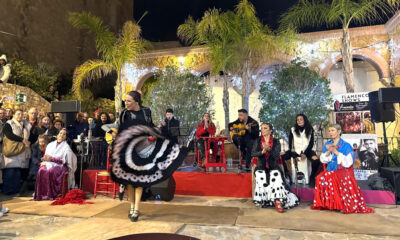
 City News4 months ago
City News4 months agoMojácar Shines as a Model for Christmas Tourism with its Zambomba Flamenca
-
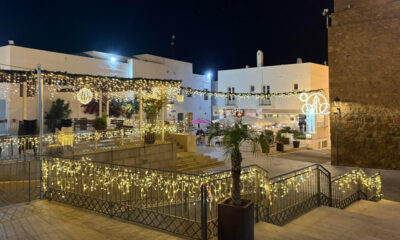
 City News4 months ago
City News4 months agoMojácar Launches its Unique and Innovative Christmas Soundtrack
-
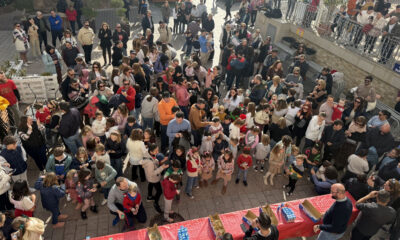
 City News4 months ago
City News4 months agoMojácar Says Goodbye to the Year With the Fifth Edition of its Children´s New Year´s Eve
-
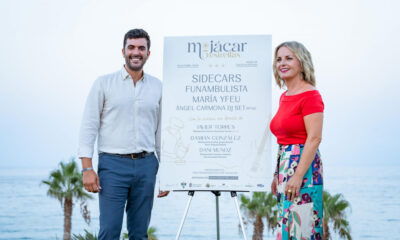
 City News8 months ago
City News8 months agoMojácar “Cinco Estrellas”: A new benchmark in Quality Tourism

